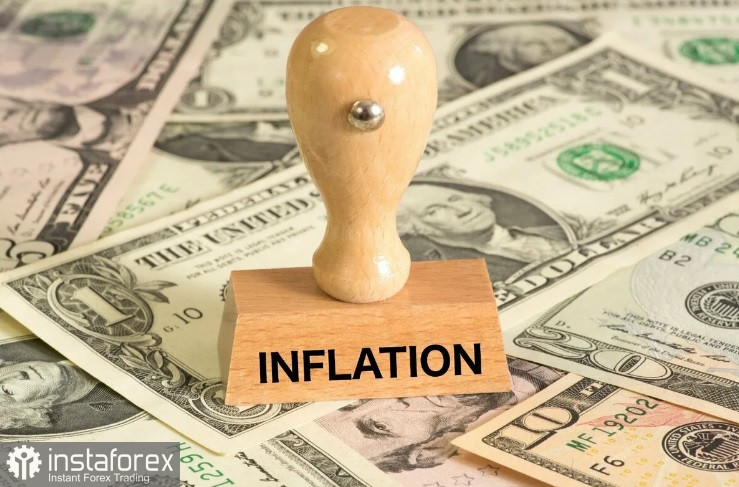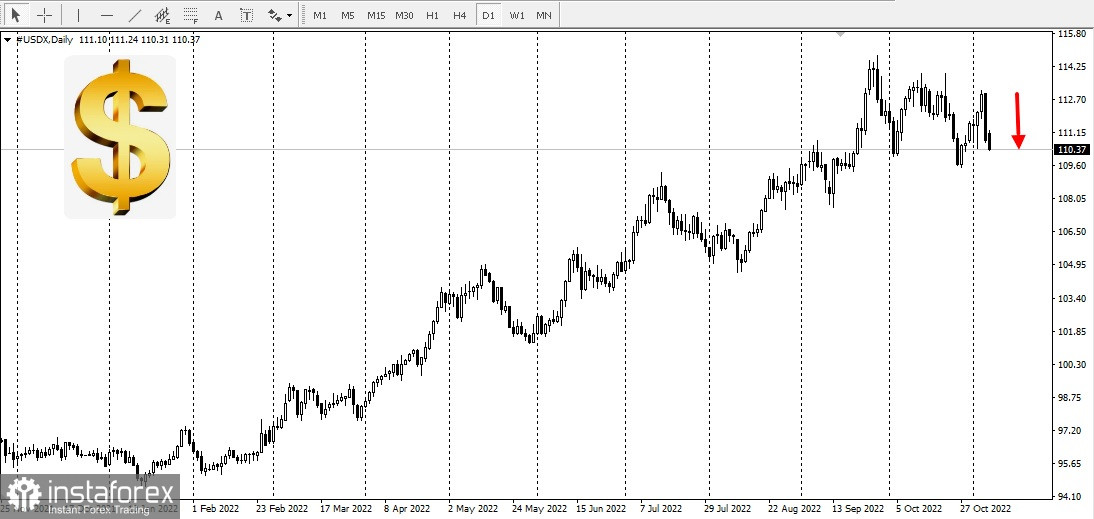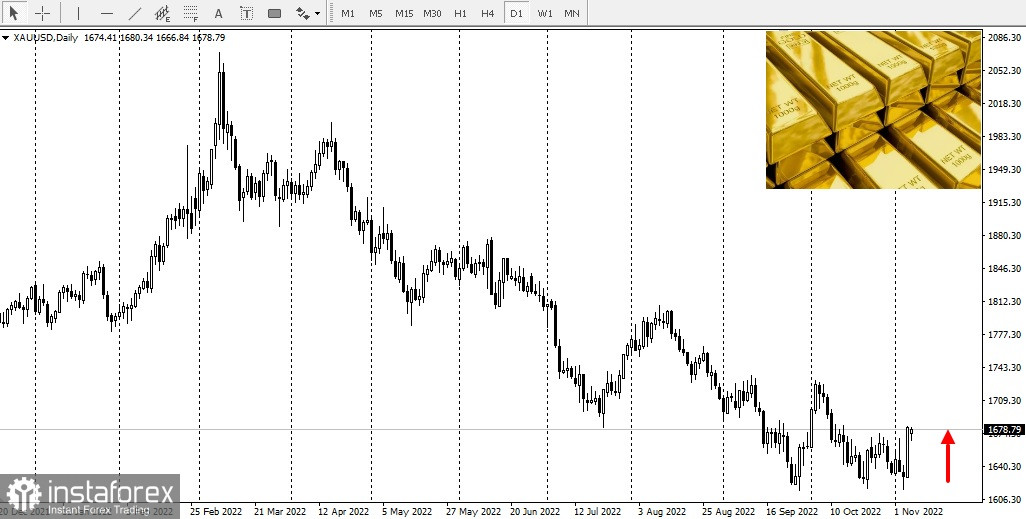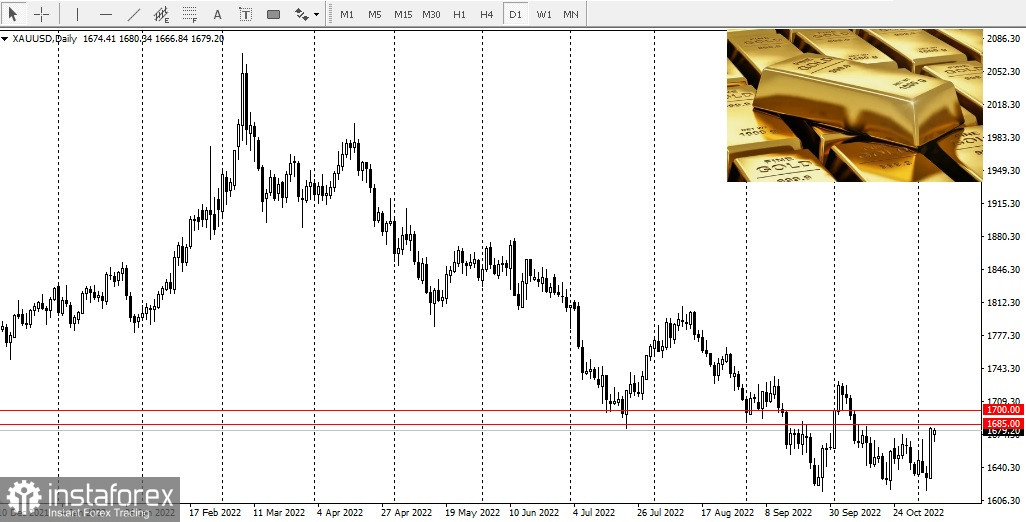
It is now certain that the US Federal Reserve has taken an aggressive hawkish stance. Last Wednesday, the FOMC announced the results of its November meeting and, as expected, raised the rate by 75 basis points for the fourth time in a row. This takes the funds rate to between 375 and 400 basis points.
At the press conference held half an hour later after the meeting, Fed Chair Jerome Powell made it clear that the "ultimate level" of interest rates would likely be higher than previously thought, adding that he believed that the window for a soft landing has significantly narrowed.
The US dollar drops in value while gold posts gains:


The nonfarm payrolls report published on Friday showed that the US economy is still strong as it added 261,000 new jobs in October. The actual numbers came in well above estimates by the Wall Street Journal forecasting that only 205,000 jobs would be added last month. However, the report also showed a sharp rise in the US unemployment rate to 3.7%.
Apparently, the rising unemployment rate was the main force to stop the downward momentum of gold and the upside movement of the greenback. The market assumed that the exceedingly aggressive monetary policy of the Fed may later turn into a new slower pace of rate hikes.
This change in the market sentiment was reflected in the CME's FedWatch tool which predicted a 35.2% probability that the Fed's benchmark rate would be between 425 and 450 basis points one month ago on October 4. Currently, this indicator shows a 61.5% probability that benchmark interest rates will be between 4.25% and 4.5% by the end of 2022.
Yet, expectations that the Fed will slow down the pace of rate hikes do not mean there won't be any rate hikes at all. It has been suggested by economists, analysts as well as Federal Reserve members that it is realistic to anticipate that the Fed's benchmark rate will move to as high as 5%-5.5%. Market participants are already beginning to factor the rates at 5% or higher into current pricing.
Finally, there is an upcoming report that may significantly influence the Fed's decision in December. We are talking about the CPI report that is due to be out this week. On Thursday, November 10, the Bureau of Labor Statistics will release its most current data on headline inflation or the Consumer Price Index.
According to a Forbes article titled "October's CPI number could be significantly lower than expected," the CPI could easily decline from 8.2% in September to 8% in October. The estimation is based on the Federal Reserve bank of Cleveland's "Inflation NowCasting."
If the CPI report shows a slight decrease in the inflation rate this week, gold can move past its current resistance of $1,685 and challenge the mark of $1,700 once again. 





















